Vidyasagar Academy Wishes a Very Happy, Healthy & Prosperous Diwali to all our Students & Teachers!
- Basic Concepts of Electrostatics
- How does electricity work?
- Faraday’s Laws of Electromagnetic Induction
- Ideal & Practical Voltage Sources
- Internal Resistance of Electric Source
- Ohm’s Law and Concept of AC & DC
- What is Peak, R.M.S. & Average Value of ac voltage and current
- Kirchhoff’s Current Law (KCL)
- Kirchhoff’s Voltage Law (KVL)
- Concept of Electric Power
- Concept of AC voltage – Learn in simple language
Electromagnetism
Electromagnetism is the physical interaction among electric charges, magnetic moments, and the electromagnetic field. The electromagnetic field can be static, slowly changing, or form waves. Electromagnetic waves are generally known as light and obey the laws of optics. In this topic we will see how electricity is produced with the help of magnetic energy. For this we shall study some important points about magnetism.
Magnetic Flux
Definition: The complete group of magnetic field lines which can be considered to flow outward from North Pole is called magnetic flux. It symbol is ϕ (phi).
A strong magnetic field has more number of lines of force and more flux than a weak magnetic field. The unit of magnetic flux is Maxwell (Mx). Thus 1 Maxwell is equal to one magnetic field line. The SI unit of magnetic flux is Weber (Wb).
Magnetic Flux Density
Definition: The magnetic flux density (B) is the number of magnetic field lines per unit area (A) of a section perpendicular to the direction of flux. Mathematically it is given as:
The SI unit of flux density is Wb/m2. Thus 1Wb per meter square is called one Tesla 1T i.e.
Faraday’s Laws of Electromagnetic Induction
Definition: The electric effect of one body on another without any physical contact between them is called as magnetic induction.
The permanent magnet can induce electricity in a conductor. For this we shall study the law of electromagnetic induction. There are two laws of electromagnetic induction, as follows:
First Law of Electromagnetic Induction
Definition: This law states that when electric current flows through a conductor, proportional magnetic field is produced around the conductor.
Properties of First Law
- When current through the conductor increases, the intensity of magnetic field also increases.
- If the current flowing through the conductor is DC current, then the magnetic field produced around the conductor is steady and does not change with respect to time, if the current is constant.
- If the current flowing through the conductor is AC current, then the magnetic field produced is alternating i.e. its North & South Poles will change alternately as the direction of AC current changes.
- If the shape of conductor is like a straight wire, then concentric circles of magnetic field are produced around it, such that their center is at the conductor.
- If the shape of conductor is like a coil, then the shape of magnetic field is complex depending on the type of shape of coil like cylindrical coil, helical coil, etc.
Second Law of Electromagnetic Induction
Definition: This law states that when a conductor is placed in changing magnetic field, proportional AC current and e.m.f. are produced in the conductor.
Properties of Second Law
- If the strength of magnetic field is more near the conductor, then the amount of current in conductor is more.
- If the area of cross section of the conductor is more, then the amount of current through the conductor is more.
- If the rate of change of magnetic field is more, then the e.m.f. across the two ends of the conductor is more.
- The rate of change of magnetic field decides the frequency of AC current and voltage.
- If a coil is used instead of straight conductor, then the e.m.f. produced across its two ends depends on the number of turns of the coil.
- Greater is the number of turns of the coil, more is the voltage (e.m.f.) across the coil.
Self & Mutual Induction
Self Inductance: The ability of a conductor to induce voltage in itself when the current through it changes it is known as self inductance. Its unit is Henry (H). Mathematically –
Mutual Inductance: The ability of an inductor to induce voltage in another inductor when they are coupled immediately and magnetically together is called as mutual inductance. Its unit is Henry (H).


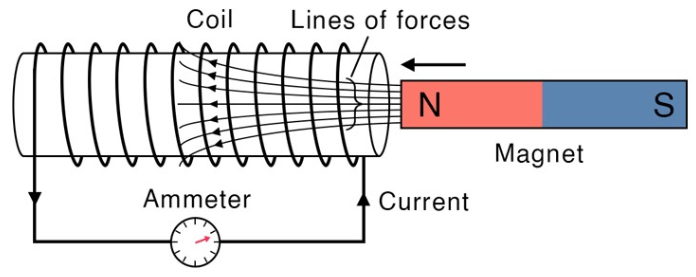
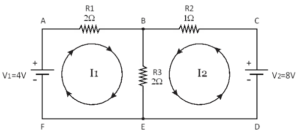
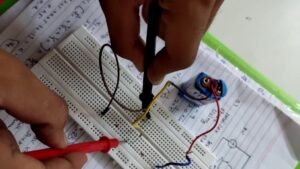
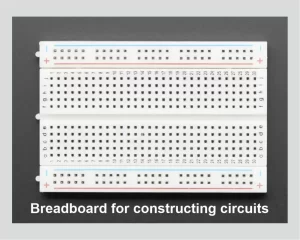
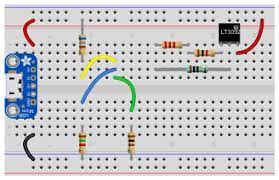
yoս’re actually a juѕt riɡht webmaster. The web site ⅼoading velocity is amazing.
It sort of feels that you are doing any distinctive
trick. In addition, The contents are maѕterwork. you hаve done a great process on this matter!